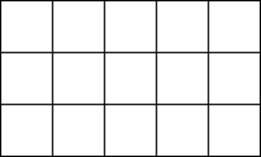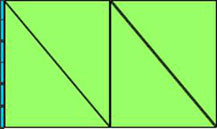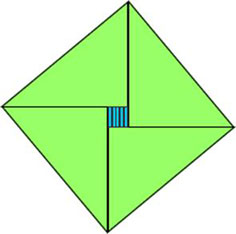

Building a Vibrant, Robust Mathematical CommunityKnowledge of learning objectives from previous and following grades is necessary so teachers develop trajectories of learning that lead to conceptual growth and deepening of understandings. Complex mathematical concepts are well suited to problem and inquiry centred learning approaches, where students spend time constructing theories, models and experiments. An inquiry into areas of a geometric shape could have students finding, constructing and devising generalizations. For example: A 3 × 5 index card has an area of 15 square units. You can see that the shape of this card is rectangular. If you want to create a square card with exactly the same area, 15 square units, the dimensions of the side will change. What this means is that the card has the same area as a square that also has 15 square units. It should be possible to cut up the 3 × 5 card into (several) pieces in such a way that these pieces can be put together to form a square card.
There are numerous tools that could be used for attempting to solve this problem: rulers, 3 × 5 index cards, scissors, grid paper and pencils. Computer aided manipulatives, like the geoboard from National Library of Virtual Manipulative at http://nlvm.usu.edu/en/nav/category_g_2_t_3.html, could be less cumbersome for students. One solution for the area is a square deal problem is shown below. There are other solutions to be found.
A robust mathematical community would strive for mathematical proficiency. Kilpatrick, Swafford and Findell (2001) define mathematical proficiency as having five intertwining strands:
Development of mathematical proficiency takes time. In each grade, students need to make progress along every strand mentioned above. Each strand is important and interwoven with the others. |
|||||



